Johnny Nash was perhaps the first artist to release songs with a reggae feel to Australian audiences. Nash was an American teenage recording star who had set up his own music label in 1964. He was interested in recording in Jamaica and in 1968 he released Hold Me Tight which was cut in Kingston. The single was top 5 in the U.S, U.K and Canadian charts and got a release on the Festival label in Australia in October 1968.
Nash followed it up early in 1969 with another reggae styled track You Got Soul. It’s worth noting that during the late 1960s and early 1970s Johnny Nash worked closely with Bob Marley and the Wailers. Marley wrote several songs for the 1972 Johnny Nash LP that featured the international hit I Can See Clearly Now, which also played an important part in bringing reggae to an international audience. In fact, the first single from that LP released in Australia was Nash’s version of Stir It Up. Nash also included his own version of Marley’s 1972 single Reggae On Broadway for his 1975 LP Tears On My Pillow.
Desmond Dekker’s classic Israelites is often credited as being the hit that introduced genuine reggae sounds to international audiences. The song hit Australian radios and charts in May 1969 after being issued by the W&G label. Intriguingly, it was leased from Pyramid Records which was a U.K label founded by Melbourne born sound engineer Graeme Goodall. Goodall was a respected and influential pioneer in the history of ska and reggae recording in Jamaica and was also a co-founder of Island Records in 1959 with Chris Blackwell and Leslie Kong. W&G issued Dekker’s It Mek and Pickney Gal as follow-up singles later that year, and a cover of Jimmy Cliff’s You Can Get It If You Really Want in 1970, but they failed to match the success of Israelites. Two Dekker LPs were issued around this time, Israelites in 1969 and You Can Get It If You Really Want in 1970.
W&G also began to license tracks from Creole Records, another U.K label that was releasing reggae. In 1970, through this arrangement, W&G put out The Pyramids – To Sir With Love b/w Reggae Shuffle, Mille – Poor Willie, and Bruce Ruffin – Rain. By arrangement with Ember records the label also secured Australian rights to release one of the biggest selling Jamaican singles of 1969, How Long Will It Take by Pat Kelley.
Also appearing in 1969 were discs on Steady Records which had been established a year earlier by Art Trefferson and Ken Khouri (of Federal Records) and based in Jamaica. They were manufactured and distributed in Australia by Festival Records. Three reggae infused sides were issued including two from Eddie Lovette – Too Experienced and Boomerang, and Red, Red Wine by Painted Garden. The Ken Khouri produced Reggae Greatest Hits LP by former Byron Lee’s Dragonaires vocalist Ken Lazarus was also issued around this time by Festival.
Jimmy Cliff was another groundbreaking reggae artist who appeared during this period. His first Australian release was Wonderful World, Beautiful People in 1969. This was followed by Vietnam and then Wild World in 1970. Of these Wild World was the best seller, making the Go-Set charts for the first time in January of 1971 and staying there till the beginning of April. Jimmy Cliff also issued the single Synthetic World in 1971.
Festival was the primary label for distributing reggae music for much of the coming decade. In December 1970 it announced a distribution deal with Island Records that meant all future Island releases would appear on the Island label instead of Festival. An example of the change is Jimmy Cliff’s self-titled debut LP which originally appeared on Festival towards the end of 1970 and was subsequently pressed with the pink Island label early in 1971.
In 1971 Festival established Interfusion, which acted as an umbrella label for many of its international distribution commitments. Over the next couple of years artists like Dave and Ansel Collins (Double Barrel), The Pioneers (Let Your Yeah Be Yeah,) Bob & Marcia (Pied Piper), Greyhound (Black & White), The Vulcans (Star Trek), and Dandy Livingstone (Suzanne Beware Of The Devil) made their Australian debut on Interfusion.
Reggae Catches Fire
1972 proved to be a big year for Caribbean sounds with international success for Johnny Nash and the song I Can See Clearly Now and pop stars like Paul Simon recording their own songs in Jamaica. Simon’s Mother and Child Reunion was cut with Jimmy Cliff’s band at Dynamic Studios. Also in 72, Van Dkye Parks released Discover America which was to become an underheard but influential recording that featured many sounds of the Caribbean, including the aforementioned Trinidad Steel Drum Band.
1972 was also the year in which Bob Marley and the Wailers worked in the studio on the seminal Catch A Fire, their first album for Island Records. The album wouldn’t be released in the U.S & U.K until April 1973 and by then there was a sense that something big could happen any moment with regards to reggae. Reggae Be The Rage by Robert Christagau was published in May 1973 and does a great job of setting the scene.
Christagau mentions Perry Henzell’s film The Harder They Come which stars Jimmy Cliff as an aspiring reggae singer. It premiered at the Venice International Film Festival in August 1972 before securing a U.S release date in February 1973. Australian audiences had a brief chance to see the film at the 1973 Film Festival but many had to wait until 1977/78 before the film was screened with any regularity in cinemas. However the soundtrack, which features Cliff as well as Desmond Dekker, The Melodions & The Maytals, got a full release in either late 1972 or early ‘73. The Harder They Come was also released as a single in 1973 but was not a hit. Interestingly, an earlier, slower, version of Cliff’s title track, titled The Bigger They Come, The Harder They Fall, had been issued by Island late in 1971 but was not a seller either.
Despite Jimmy Cliff’s international reputation as one of the stars of reggae at this point in time, it is worth noting that over the following couple of years there was very little new reggae material available. Cliff’s 1973 Unlimited LP wasn’t issued in Australia until 1976. His other LP from 1973, Strugglin’ Man, wasn’t issued on Island until late in 1974. A notable anomaly, though not a true reggae LP, is the 1973 release Interstellar Reggae Drive by Colonel Elliott and the Lunatics. This was a session group that cut one album for Trojan Records which fused reggae rhythms and moog synthesisers. They also released a single which covered the theme to Star Trek in 1972.
It seems that between 1972 and 1976, although big names like Johnny Nash and the occasional novelty act continued to release material with reggae influences, the prevailing attitude amongst record companies was that genuine reggae wasn’t something that needed concerted marketing attention.
Bob Marley and The Wailers Australian output during this period backs up this point. Catch A Fire was the breakthrough album for The Wailers in both the U.K and the U.S following its release in those countries in April 1973. However this was not the case in Australia where Catch A Fire didn’t get a release until late 1975 or early 1976. The first Australian LP by The Wailers was Burnin’, which came out in the UK in October 1973, though Festival didn’t issue it until winter 1974. Festival also released Get Up Stand Up b/w Slave Driver as a single from this album in June 1974. The B side, Slave Driver, is of course a track from Catch A Fire. Their next LP Natty Dread was released in the UK in October 1974 but not released in Australia until mid 1975. Lively Up Yourself b/w No Woman No Cry was released from the LP in September 1975.
Due to the growing success of Marley and the Wailers it appears that by 1976 things had begun to shift. Bob Marley and the Wailers Live LP came out in February with Trenchtown Rock b/w I Shot The Sherriff released as a single. Then by winter that same year Rastaman Vibration was on the shelves with two singles released to promote it – Roots, Rock, Reggae in June and Who The Cap Fit in October. Former Wailer, Peter Tosh, also released his debut LP Legalise It in 1976 through CBS.
In 1976 Festival issued Man In The Hills by Burning Spear, having presumably opted out of releasing the more radical Marcus Garvey album which he’d released in the U.K the previous year. That said, Old Marcus Garvey from that album, was one of 10 tracks drawn from the Island catalogue and released as the compilation This Is Reggae in 1976. The compilations opening song, and a single released in Australia presumably to help promote it, was Zap-Pow’s song This Is Reggae which had originally been issued in the U.K three years earlier.
In 1976 Australian buyers were finally able to get their hands on three albums by long time Caribbean stars Toots and the Maytals. In The Dark was issued in the UK in 1974 but not until 1976 in Australia. Take Me Home Country Roads was the single from that LP and also not issued until 1976. Their 1975 LP Funky Kingston also didn’t get a release locally until 1976, just before their new 1976 release Reggae Got Soul. The small M7 Records label secured the rights to release Creole Records in Australia and that meant an LP release for Desmond Dekker for the first time in 5 years with Power Reggae.
The momentum behind reggae increased in 1977 with Marley and the Wailers releasing Exodus in July and three singles coming from it: Exodus, Waiting In Vain, and Jamming.
In May 1977 there were regular screenings of the film The Harder They Come in capital cities like Sydney and Adelaide. It’s possible that these screenings in Adelaide were also the ones that were attended by the young Bart Willoughby who would found aboriginal reggae band No Fixed Address within a few years and lay the groundwork for a wonderful heritage of indigenous Australian reggae that has flourished since. Also in 1977, Peter Tosh released Equal Rights & Burning Spear put out Dry & Heavy. 1977 marks perhaps the first Australian single which channels the spirit of reggae with Jo Jo Zep and the Falcons cover of I’m In A Dancing Mood. This same song was also covered by Billy T on their No Definitions LP in the same year. More on the Australian response to reggae in part 3.
In 1978 it was possible to buy the Bob Marley & the Wailers LP Kaya which was released in Autumn. Two singles were issued Is This Love & Satisfy My Soul. In December 1978 Festival also issued Babylon By Bus with the single War. You could also get Althea & Donna’s Uptown Ranking, Bush Doctor by Peter Tosh, Handsworth Revolution by Steel Pulse, and Journey To Addis by Third World.
Coming perhaps full circle before the end of the decade, Marley and the Wailers toured Australia in April/May 1979. It was a big success and inspired a number of fantastic local releases. Despite having been issued in the U.K three or four years earlier, and likely inspired by the Marley tour, this was the year in which it became possible to purchase local copies of The Stone Guide To Reggae, The Gladiators – Proverbial Reggae, U-Roy – Natty Rebel, Ijahman – Haile I Hymn (Chapter 1), Sly Dunbar – Simple Sly Man, and Mighty Diamonds – Right Time. The Culture album Cumbolo was another notable roots reggae album from the same year. Another big 1979 release was the soundtrack for the film Rockers which featured Peter Tosh, Junior Murvin, Burning Spear, and Inner Circle. It is also worth noting 1979 as the year in which The Specials broke through with their self-titled LP of ska which featured Message To You Rudy and Monkey Man.
This is the end of part two. Part three will look at the a few keys acts from the early days of the Australian reggae, ska, and dub scene of the late 1970s and early 1980s.
Please sign up for email updates at the top of this page so you don’t miss updates from Sonic Archaeology into the future.
Big thanks to Vicious Sloth Records and Dynodynamic for help with some of the images. If you have anything else not mentioned here that you feel will make this story stronger then please get in touch. It’s always great to hear from fellow reggae lovers and record collectors.
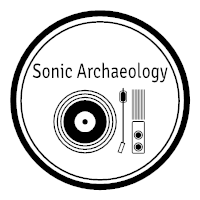






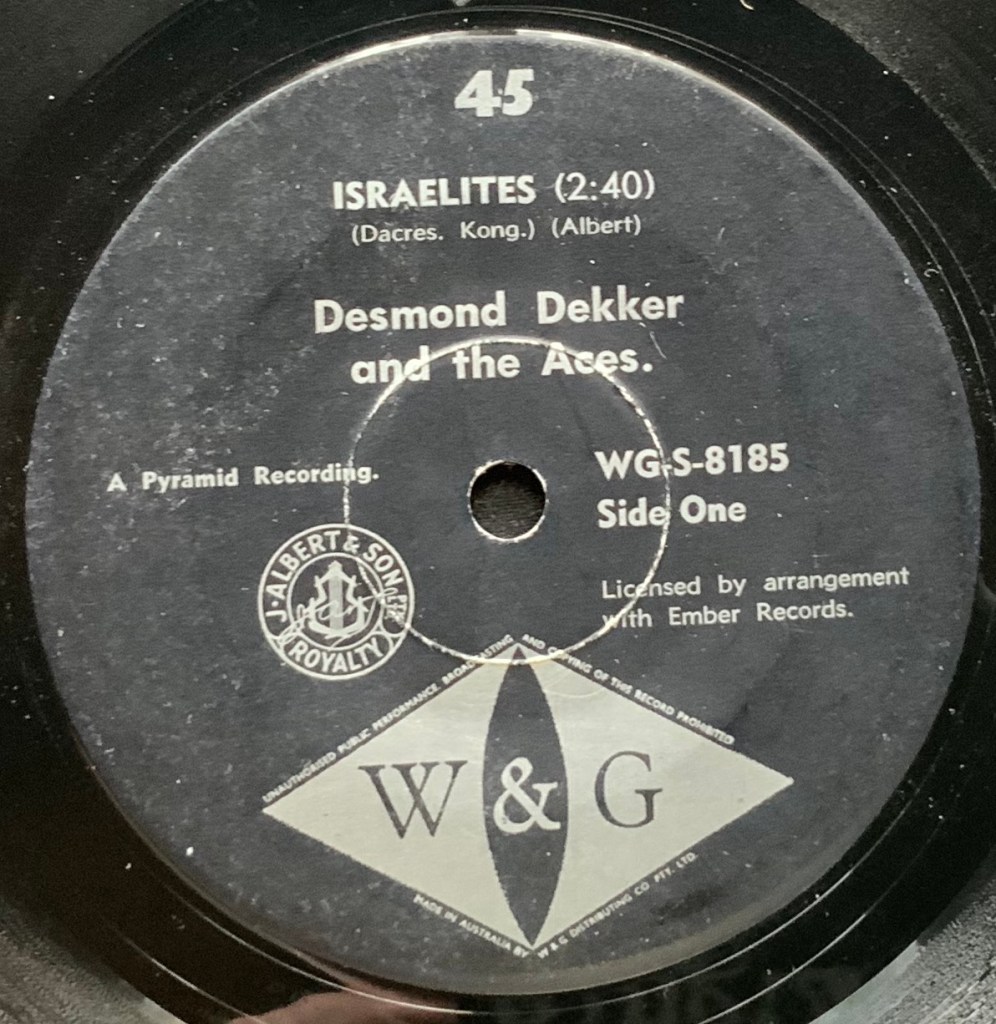
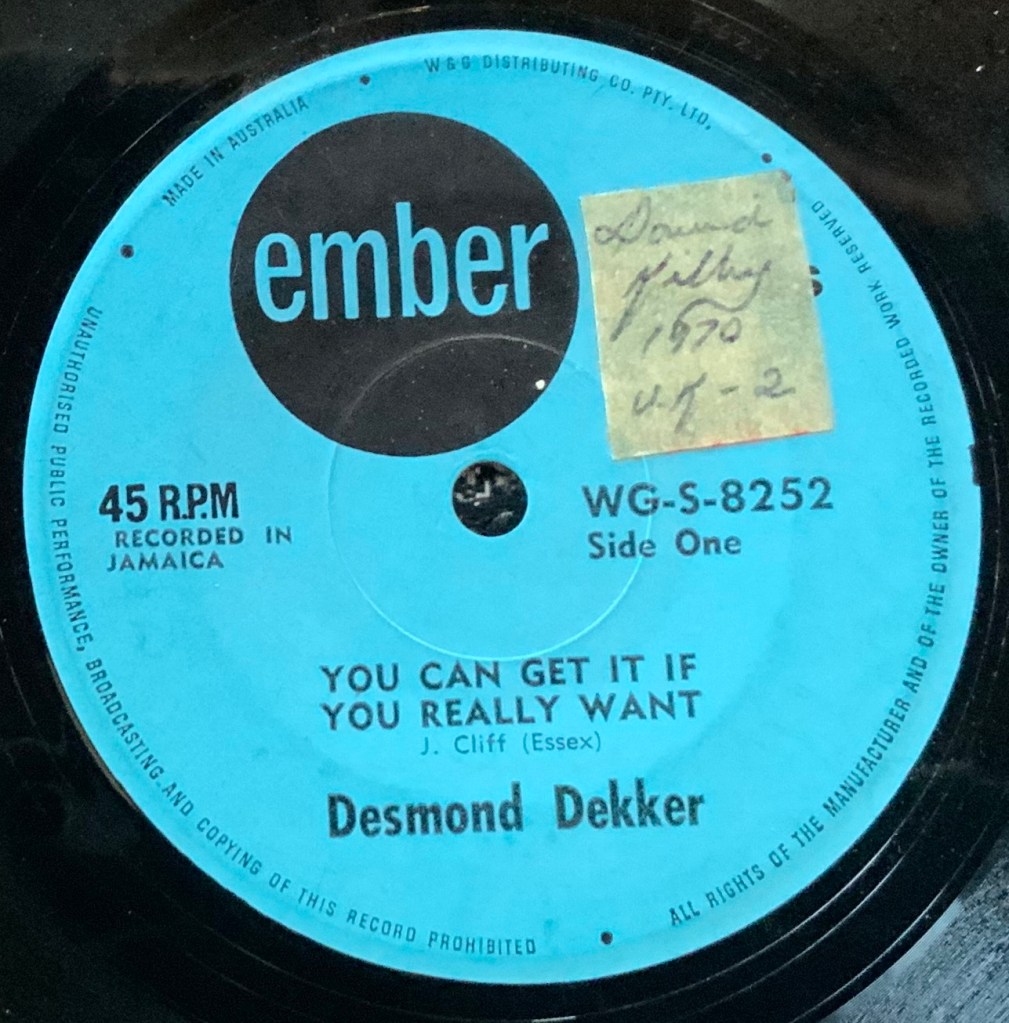
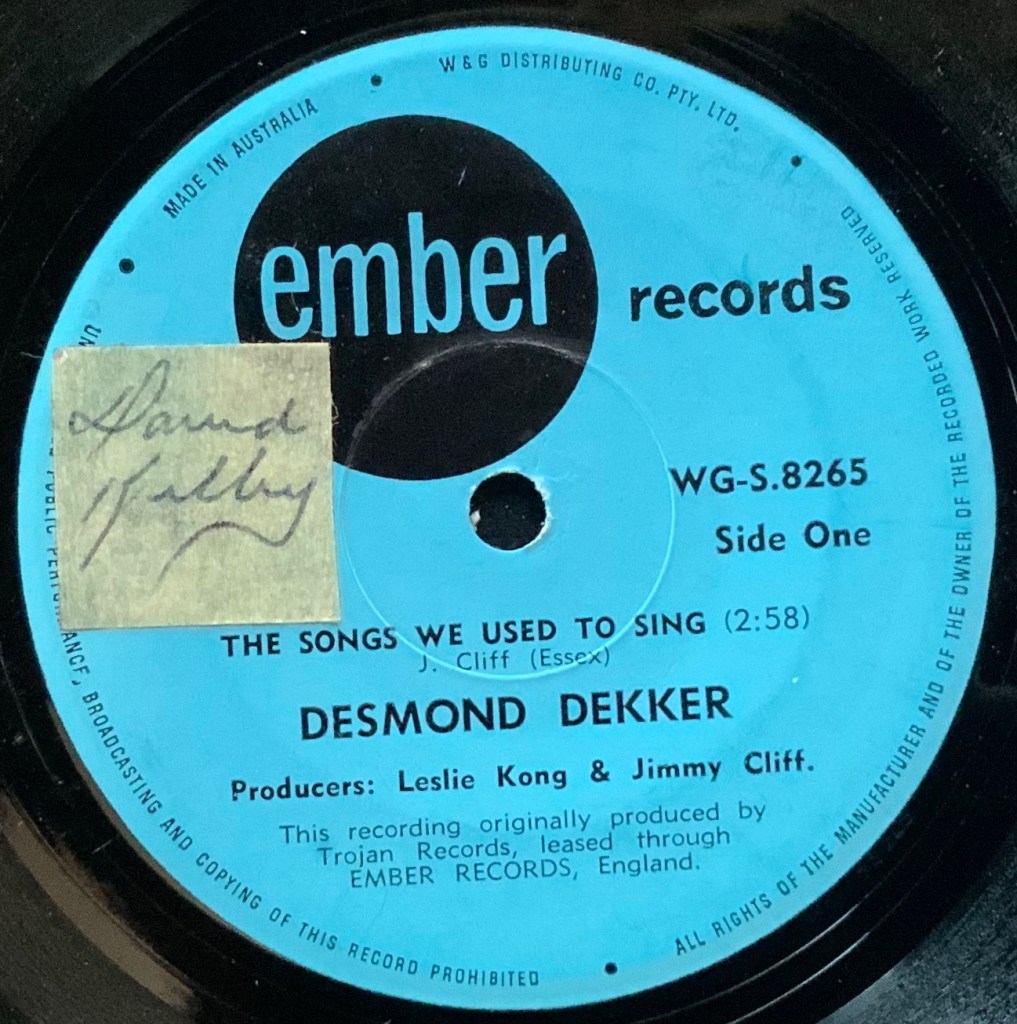







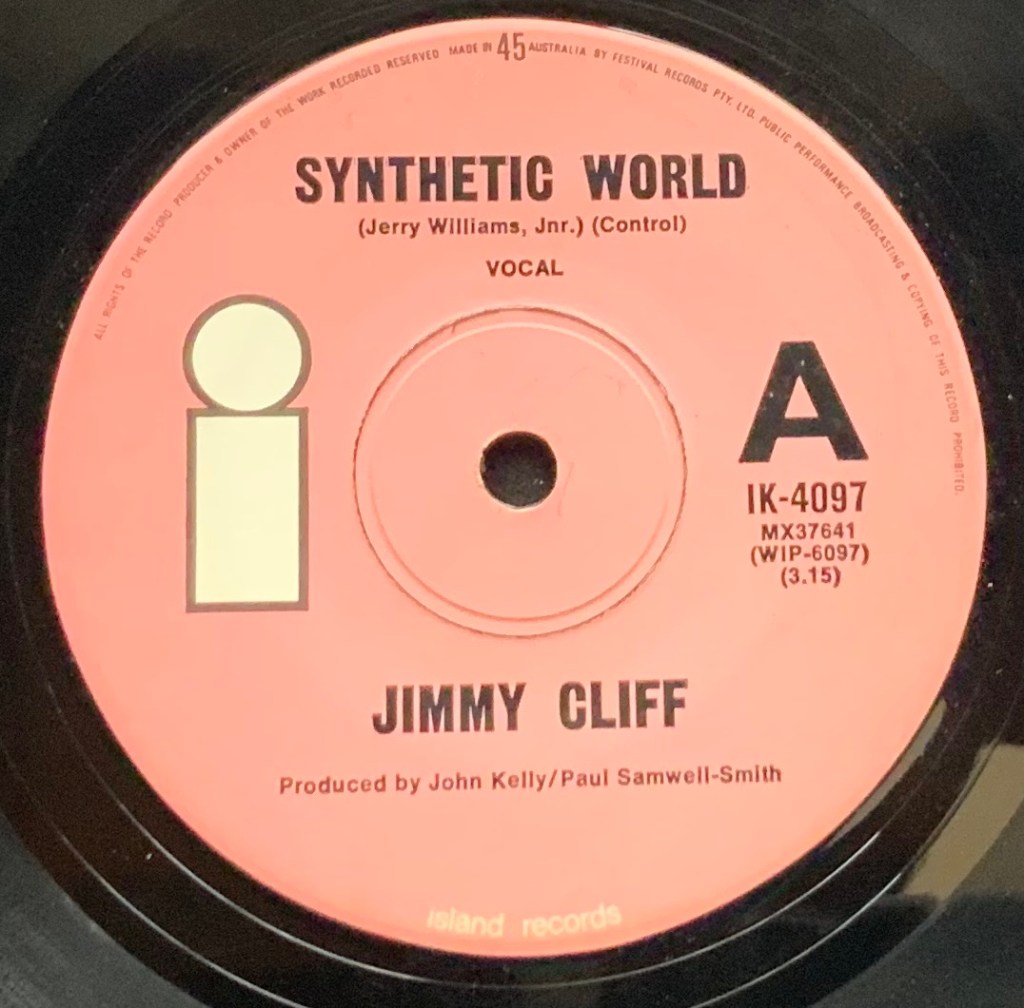



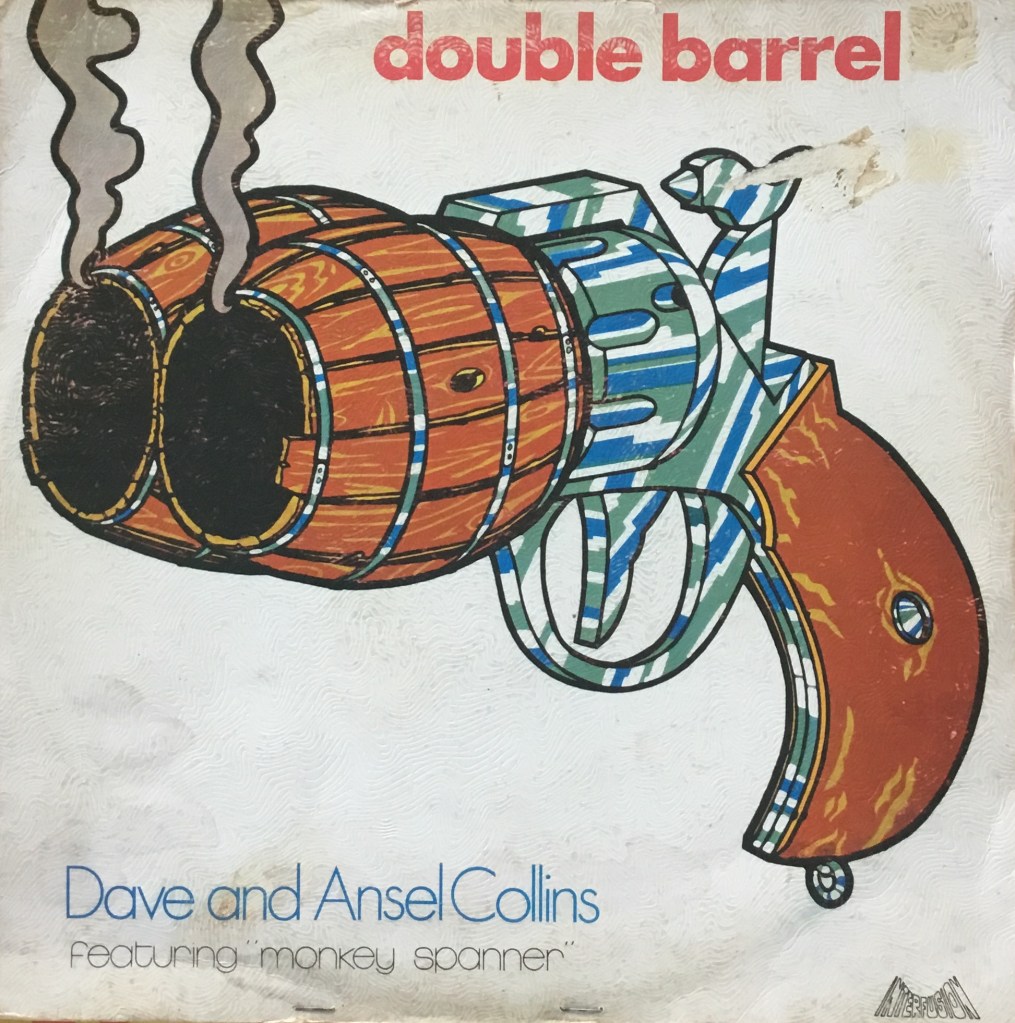


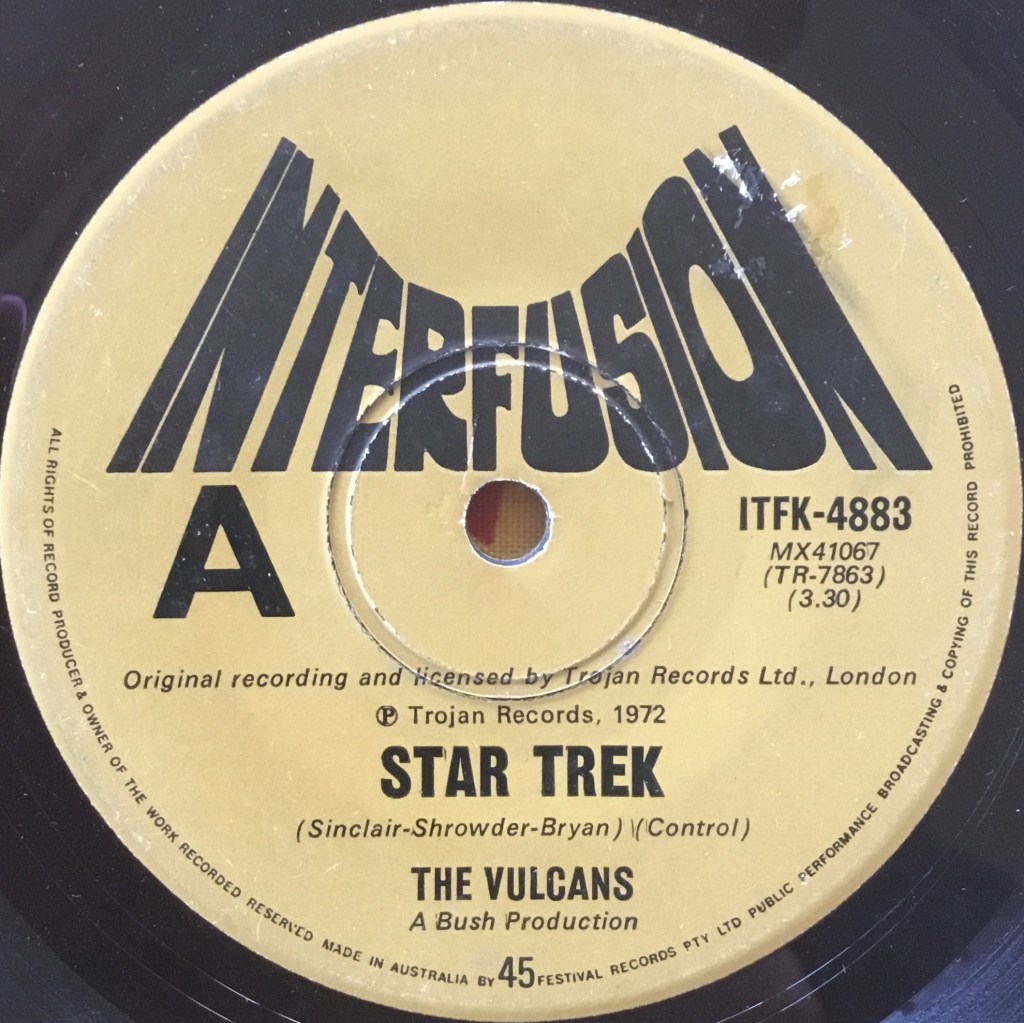





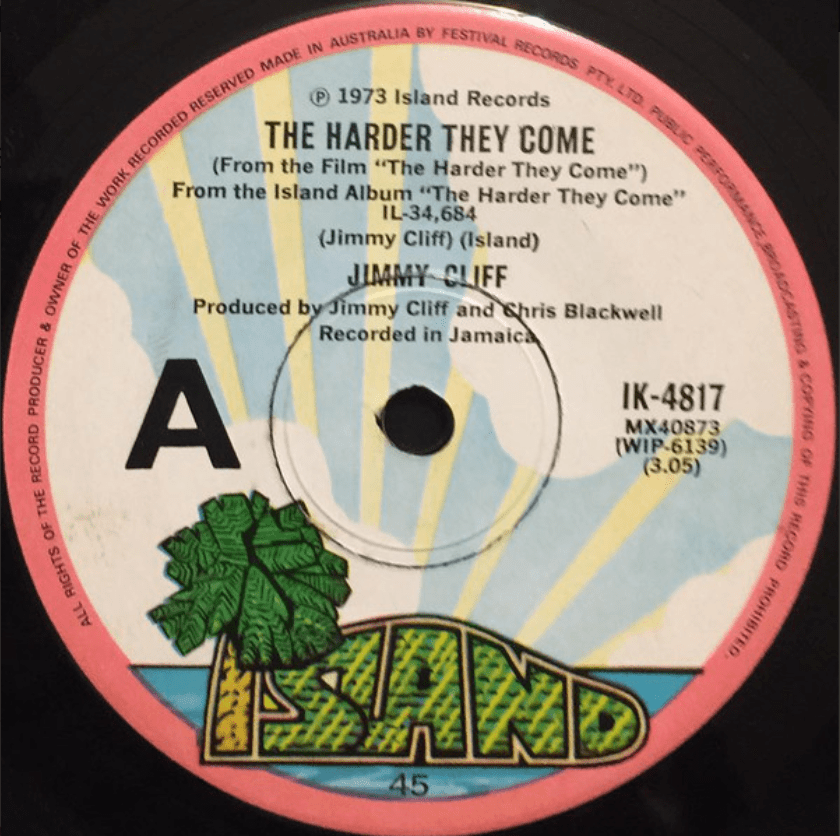


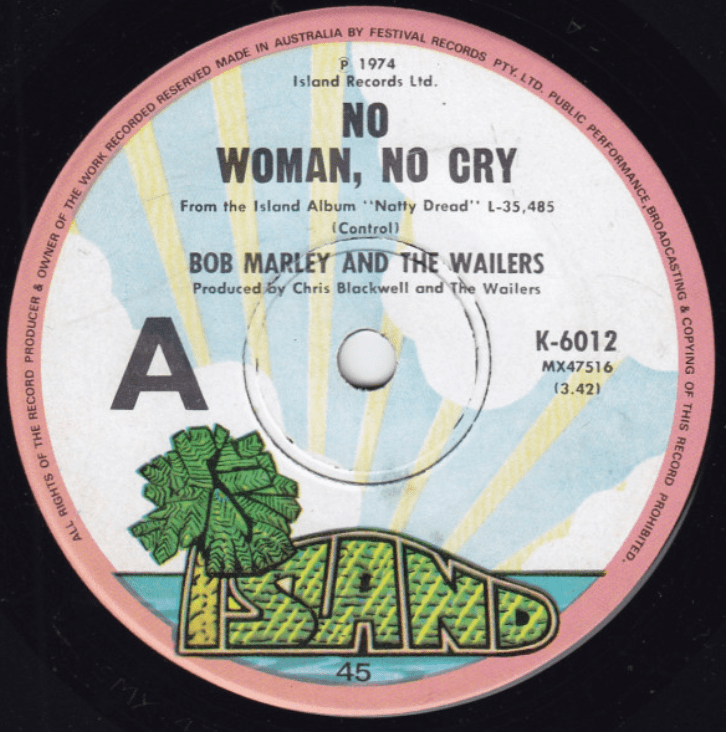
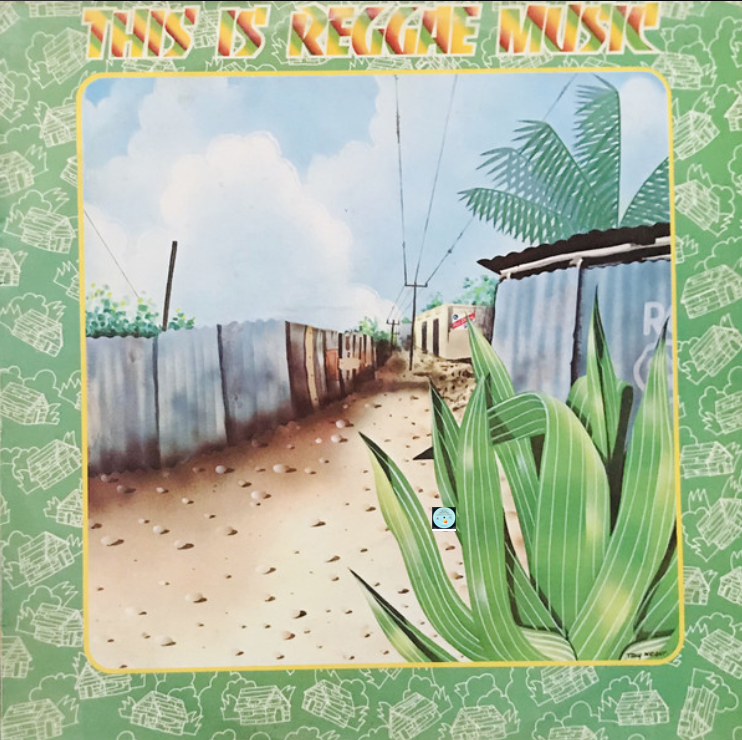




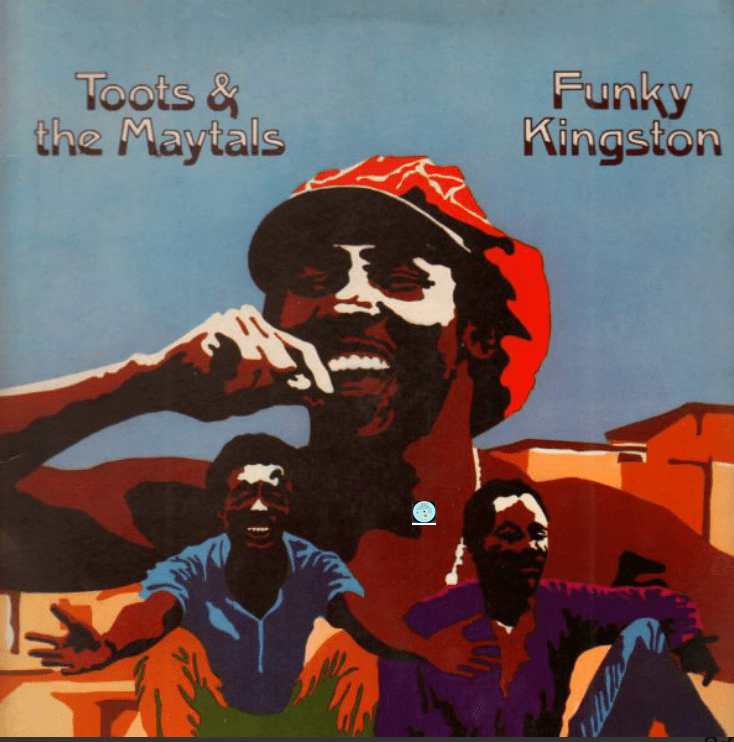

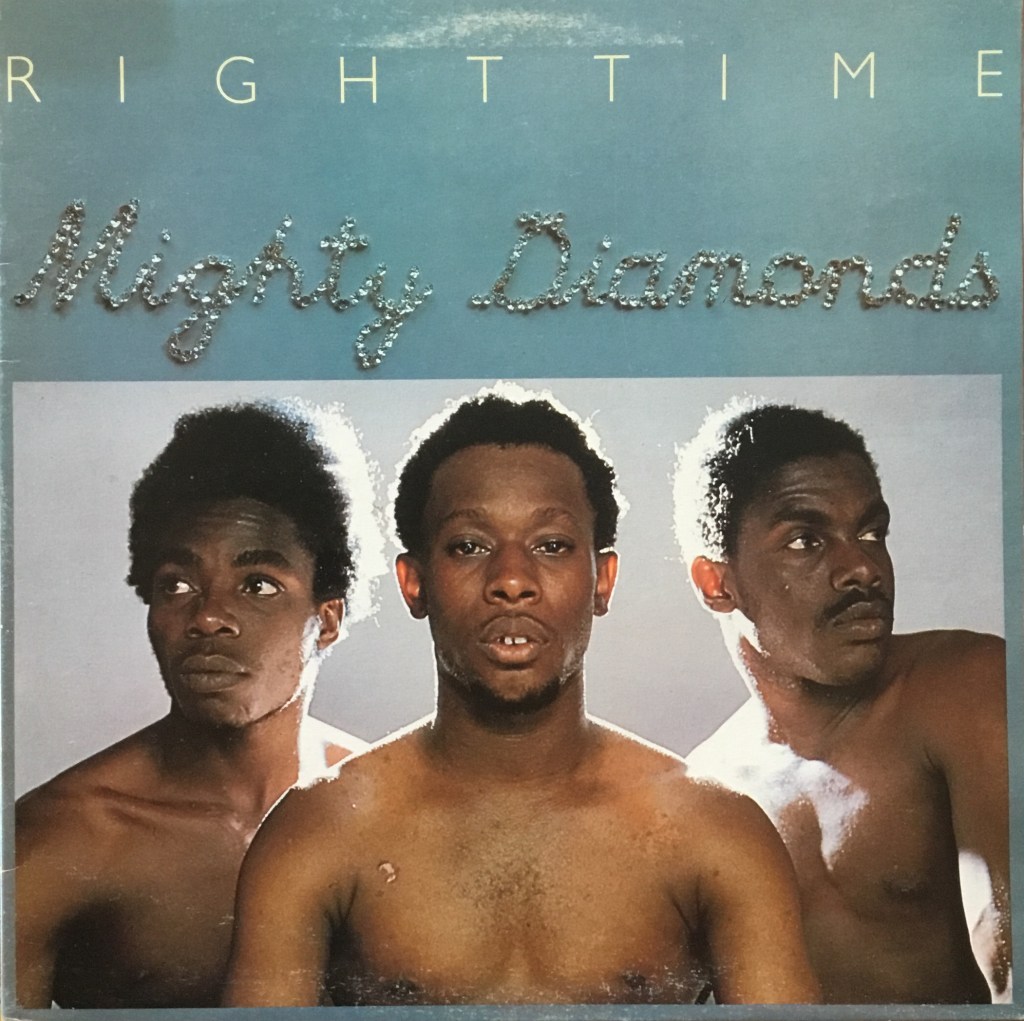
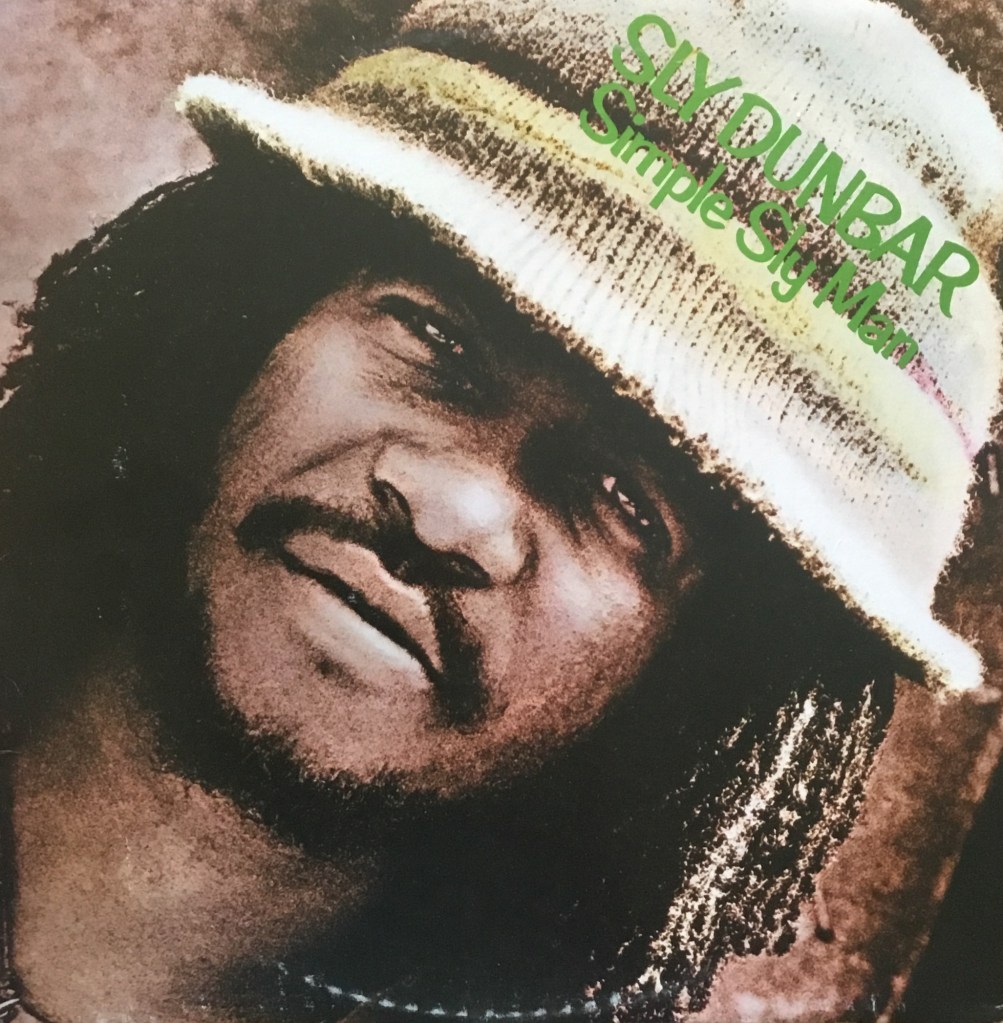






Fascinating, the way you’ve brought these historical threads together in these two posts. The depth of treatment is impressive too.
LikeLike
This is great stuff ! I use to collect Aussie reggae releases years ago, unfortunately it is now sold on. But there is a couple of gaps to fill …….due a failing memory I can only give you a couple of leads……..Creole records released singles in the early seventies on licence from Rhino records UK. I had a reggae version of the old standard ‘blue moon’ but cannot remember the group. I also had a single by a guy called Jason Sinclair , who reworked an old hit ,I cannot remember . But on listening to it it was obviously Judge Dread trying his hand under another name. As you mentioned M7 released reggae, I think a guy called Bruce Ruffin had a minor hit with a single ‘tickle me’ , I had an album released in Oz.by him which also had a reggae version of ‘save the people’. I’m sure that creole released various singles. There was also a reggae version of ‘snoppy vs. the Red Baron ‘ by I think the hotshots. Hope these leads can add to your great article.
LikeLike
Thanks for the feedback John. I’m really pleased you enjoyed the read. I have come across Bruce Ruffin on Creole and you’re right it should be added. I’m thinking the Jason Sinclair track was Tammy? I don’t own a local copy but will keep my eyes out for it as it is definitely Judge Dread. I’ll also look out for the Hotshots doing Snoopy Vs The Red Baron. I’m hoping to publish the final instalment which looks as Australian acts of the late 70s and early 80s shortly. I hope you enjoy that one too.
LikeLike